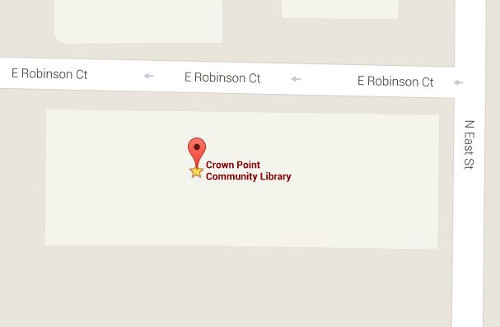July – National Blueberry Month

Did you know that July is National Blueberry Month?! It seems like there is a month or day for anything and everything. Unlike some modern trends, having a National Blueberry Month actually makes sense if you look at the history of the blueberry in the United States. Blueberries are native to North America. Europeans were unaware of the berry until the Native Americans introduced blueberries to them. In the Native American culture, blueberries were used for a variety of purposes. The most common usage was in a bread or pudding made with cornmeal. The berries were also mixed with meat to create pemmican, a pounded mixture of meat and fat, combined with other ingredients, to serve as a source of concentrated nutrition. The berries would also be dried and eaten during the winter months as an additional food source. They were also put into cakes, puddings, and soups.
Indigenous people also used blueberries for medicinal purposes. Blueberry juice was cooked down into a syrup used for sore throats and coughs. Even the leaves of the blueberry plant were used to create a tea as a muscle relaxant for women during childbirth, for purification of the blood, treating colic in infants, inducing labor, and as a diuretic.
Native Americans also used the juice to dye cloth and baskets. It is still used this way as a natural dye. The indigenous people also used the blueberry as a sacred plant. Oral tradition holds that during a time of hunger, the Great Spirit gave his children star berries to feed them. The star berries were given to another group of people when they were hungry, the Europeans by the Native Americans. The Europeans were not prepared for the new land they were living on and had little experience with the indigenous food sources. Most people have heard about the Native Americans introducing the Europeans to corn, but they also gave them blueberries.
As time has progressed, the North American origin of blueberries has mostly been forgotten. People still gathered blueberries for pies, jams, and other purposes, but the plants were grown in the wild. Frederick Coville, a USDA botanist, began investigating the possibility of domesticating the plant as early as 1908. In 1910, he discovered that blueberry plants will only grow in acidic soil. The following year Elizabeth White, the daughter of a cranberry farmer, read of Coville’s research in blueberry cultivation and invited him to use her family’s New Jersey farm for experiments. She became his research partner, having a great interest in adding the crop to her family’s berry business. After several years of successful experiments and crops, they harvested and sold the first crop of domesticated blueberries in 1916. The popularity and interest in blueberries exploded as the market grew.
In more recent years the blueberry has become a staple in supermarkets. The USDA proclaimed July to be National Blueberry Month in 1974. Then in the 1990s, experts examined and affirmed the antioxidant properties of the blueberry. In 2003, New Jersey named the blueberry the state berry, and eight years later, blueberries were planted in the White House kitchen garden. Farmers celebrated the 100th anniversary of domesticated blueberries in 2016. There are festivals all over the United States to celebrate this little berry. Check this list to find one near you: http://www.pickyourown.org/BlueberryFestivals.php.
Sources and Further Reading:
Foods Indigenous to the Western Hemisphere. (n.d.). Retrieved from http://www.aihd.ku.edu/foods/blueberry.html
Grubinger, V. (1998, June). University of Vermont. Retrieved June 2, 2018, from https://www.uvm.edu/vtvegandberry/factsheets/blueberrie.html
Hummer, K. E. (2013). Manna in Winter: Indigenous Americans, Huckleberries, and Blueberries. HORTSCIENCE, 48(4), 413-417. Retrieved June 2, 2018, from https://hort.purdue.edu/newcrop/pdfs/hummer-hortsci-48-2013.pdf.
Moerman, D. E. (2009). Native American medicinal plants: An ethnobotanical dictionary. Portland, OR: Timber Press.
Valentine, E., & Mowery, M. (2018, January 16). History of Blueberries. Retrieved June 2, 2018, from https://www.blueberrycouncil.org/about-blueberries/history-of-blueberries/
Thank you to Allison DePrey Singleton for this history tidbit!


